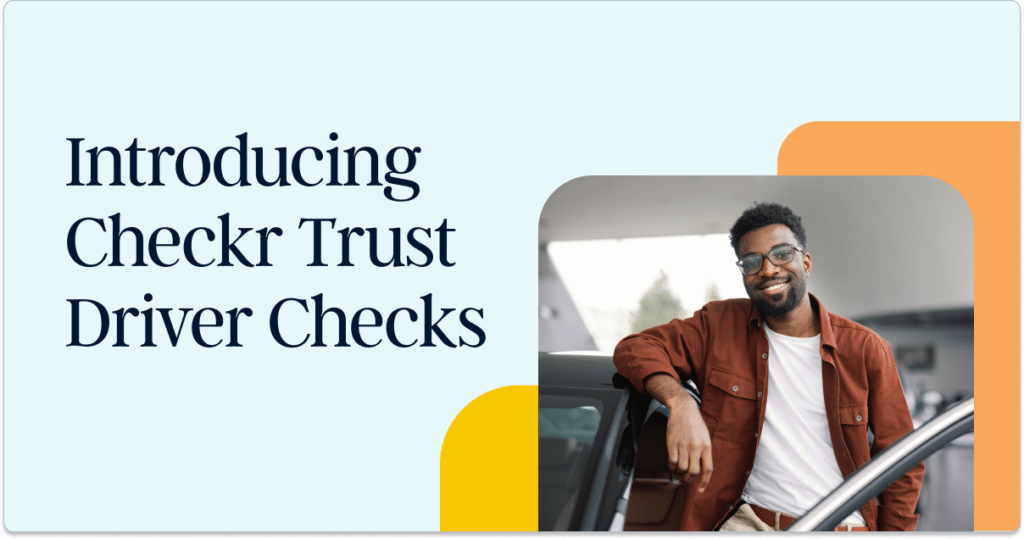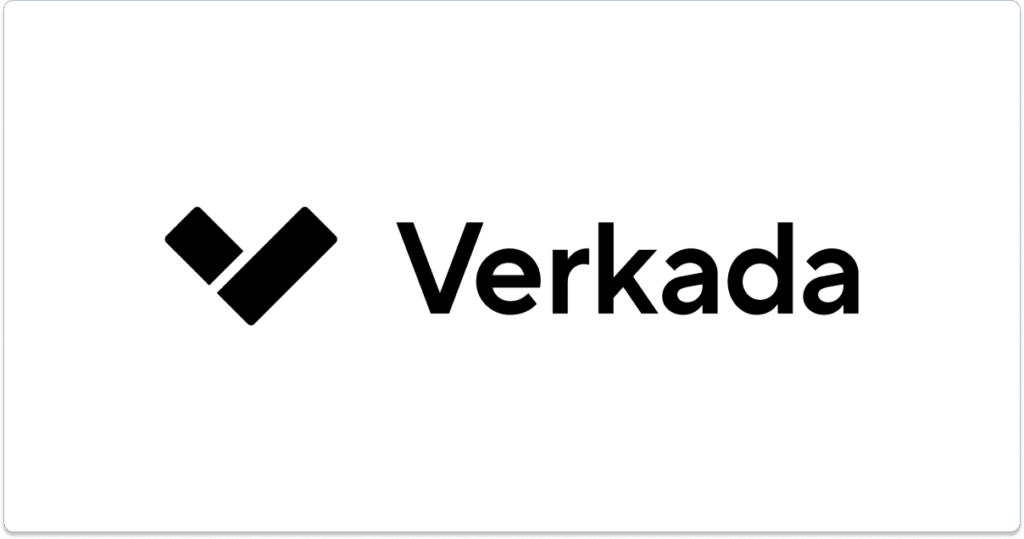Caregivers provide invaluable support to those in need, but their jobs often come with inherent risks. Caregivers typically undergo background checks so that those seeking care feel safe. However, what about caregiver safety? Do the people living in the home need to be screened?
This article will explore three key ways to improve trust and safety for caregivers: leveraging criminal data for enhanced safety, empowering caregivers with safety tools, and having a protocol in place for incident management. Keep reading to learn about the benefits of prioritizing safety for your caregivers and your business.
Why caregiver safety is important
While caregivers undergo background checks, there is often little to no information about the person receiving care. This lack of information can pose a risk to caregivers, especially if there are other individuals living at the address where care has been requested.
Neglecting to screen the residents of a home creates potential risk for caregivers, who are often alone with their clients in unfamiliar environments. Providing additional safety measures for caregivers can help them feel safe and benefit your business. Creating a safe and trusted caregiving marketplace can boost brand reputation, help you attract and retain caregivers, and lead to increased revenue opportunities. Below are three ways you can improve caregiver safety on your platform.
Prevention: leverage criminal data for enhanced caregiver safety
Criminal data is a powerful tool that can be used to enhance safety for caregivers. Running criminal data checks on household members helps to quickly identify individuals with records that may put your caregivers at risk. This proactive approach helps mitigate this risk and ensures a higher level of safety for caregivers.
In addition to screening during onboarding, you can also conduct regular checks on existing users and their household members. Circumstances can change over time, and individuals who were once considered safe may develop reasons for concern. By staying vigilant and conducting ongoing screenings, caregiving platforms can maintain a high level of safety and take appropriate action if any red flags arise.
By leveraging criminal data checks, caregiving marketplaces can create safer work environments, reduce the risk of incidents, and maintain the trust and confidence of their caregivers. This proactive approach demonstrates the company’s commitment to the safety and well-being of everyone involved in the caregiving process.
Building trust: Empower caregivers with safety tools
Empowering caregivers with safety tools is a critical component of building trust and protecting their well-being. Caregiving platforms should take proactive steps to equip their caregivers with the necessary resources and knowledge to handle challenging situations. Here are a couple strategies to empower caregivers and enhance their safety:
Educate caregivers about safety features
Caregivers should receive comprehensive training on the various safety features available to them. This may include training on platform safety tools like panic buttons, GPS tracking systems, safety badging, or other trust signals indicating a user has passed certain checks. Caregivers should also be familiar with the platform’s policies and procedures for reporting and responding to safety concerns.
Encourage caregivers to report safety concerns
Caregivers should feel comfortable and encouraged to report any safety concerns they encounter. This includes incidents of violence, threats, or any situations that make them feel unsafe. Agencies should establish clear channels for reporting such concerns and ensure that all reports are taken seriously and addressed promptly.
Empowering caregivers with safety tools, education, and support can foster a culture of trust and ensure caregiver safety. This not only benefits the caregivers but can also enhance the quality of care that they provide.
Incident management: Have protocol in place
Having a protocol in place for incident management is crucial for ensuring caregiver safety. The protocol should clearly outline the steps that caregivers should take when reporting an incident, as well as the actions that the company will take in response. It should also include a process for investigating incidents, identifying root causes, and taking corrective action to prevent similar incidents from occurring in the future. This creates a consistent and fair approach to risk management.
It’s important to make sure that expectations are clear and easy for caregivers to understand and follow. Provide training to caregivers on the incident reporting protocol so that they are aware of their responsibilities and the steps that they need to take.
Caregiving platforms should also regularly review and update their incident management procedures. This is important to keep the protocol effective and aligned with current best practices. Companies should also consider conducting regular audits of their incident management procedures to identify any areas that need improvement.
Caregiver safety with Checkr Trust
Prioritizing caregiver safety can elevate your brand, help keep your caregiver supply high, and create more revenue opportunities. Checkr Trust’s Safety Screening solution leverages comprehensive criminal data to run quick and accurate checks on potential clients and household members. This proactive measure is designed to improve caregiver safety and provide a deeper understanding of risk. Get a demo to learn more about our offering!






